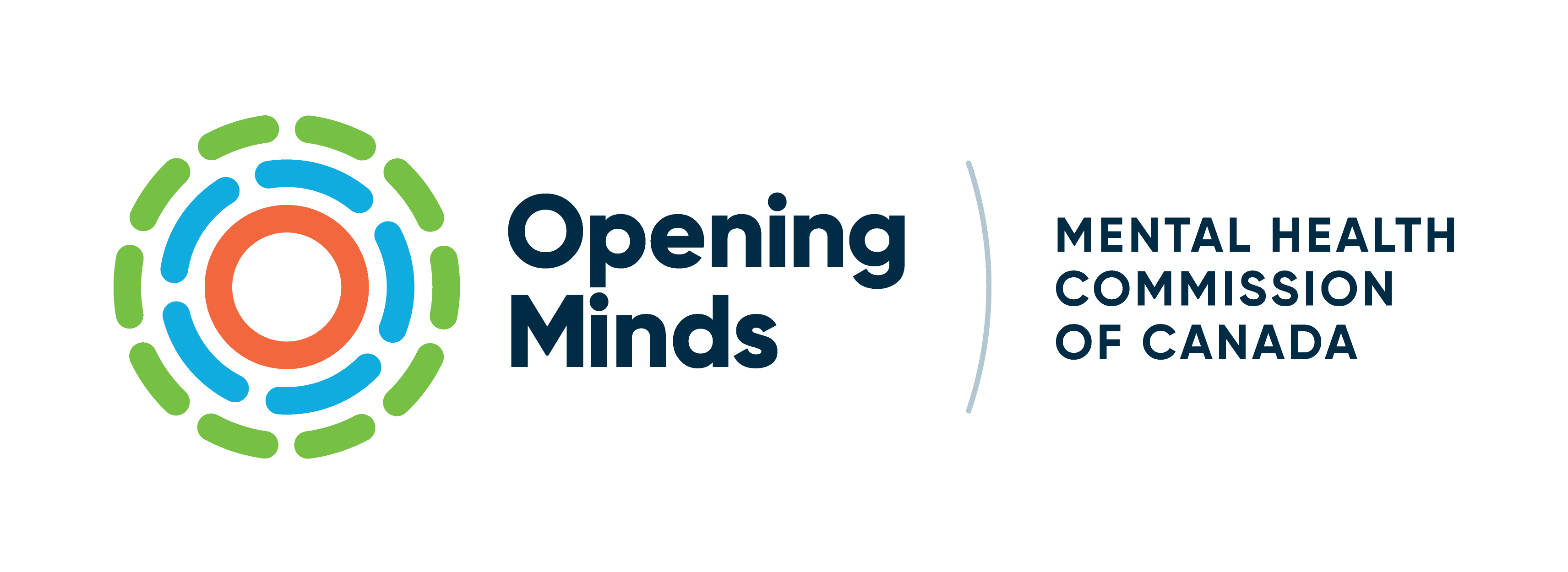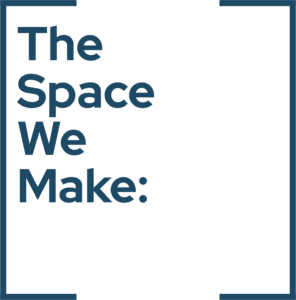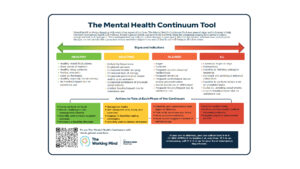When we first introduced mental health training in our organization, I thought I understood its role. I assumed it was preventative—a safeguard we’d put in place “just in case.” Looking back, I realize I was wrong.
Mental health training isn’t just preventative. It isn’t just “in case” or “barely just in time.” It’s essential every day, because the people we work with are humans—complex, resilient, but sometimes struggling in ways we can’t see. Our team is made up of individuals who face challenges quietly, who notice when a colleague is struggling, yet none felt equipped to act. For months, I assumed that if issues weren’t coming up at the water cooler, everything was fine. That assumption was dangerously misleading.
At first, implementing the training felt compliant. It was a program to check a box, something that “looked good” on paper. But then the a-has started clicking across the team, one by one. Conversations shifted, awareness grew, and it became glaringly obvious: this wasn’t about compliance. It was essential. Not forced, not imposed—just the right thing to do.
And yes—it felt good. I had hesitated at the start, worried about the time it would take, whether the team would be receptive, whether it would make any difference at all. Hindsight tells me those worries were misplaced. That’s not to say the conversations were always easy—undoing stigma, even in a supportive team, can be hard. But what unfolded was natural, organic, and for lack of a better word, obvious. Our people engaged, learned, and began using the skills in ways that simply felt right.
Through hindsight, I see the real value of mental health training in three clear ways:
1. Empowerment.
People gained the confidence and tools to recognize when a colleague—or themselves—was struggling, and to respond effectively. That empowerment isn’t just a nice-to-have; it directly affects how people connect, collaborate, and perform.
2. Awareness.
Mental health challenges aren’t always visible. Just because no one is talking about them doesn’t mean they aren’t there. Training brought these issues into view, creating a team culture where support and understanding became part of daily life.
3. Culture Building.
The most powerful outcome was cultural. Mental health stopped being an optional program or a compliance requirement. It became part of how we operate, make decisions, and lead. That shift—embedding mental wellness into the fabric of the organization—was more transformative than I anticipated.
Looking back, I can say with confidence that mental health training isn’t optional. Compliance isn’t enough. And the payoff—confidence, connection, culture—is immediate, tangible, and lasting.
If I could go back, I’d start sooner, integrate the training more deeply into everyday processes, and communicate from the start that this isn’t just a program. It’s the backbone of how our organization works, succeeds, and cares for its people.
Hindsight has a way of making the obvious undeniable. Mental health training doesn’t just prevent crises—it builds a culture where people thrive, resilience grows, and teams operate with confidence, awareness, and heart. And that, ultimately, is the kind of culture every leader should be striving for.



